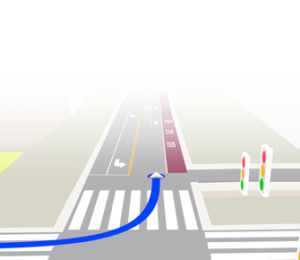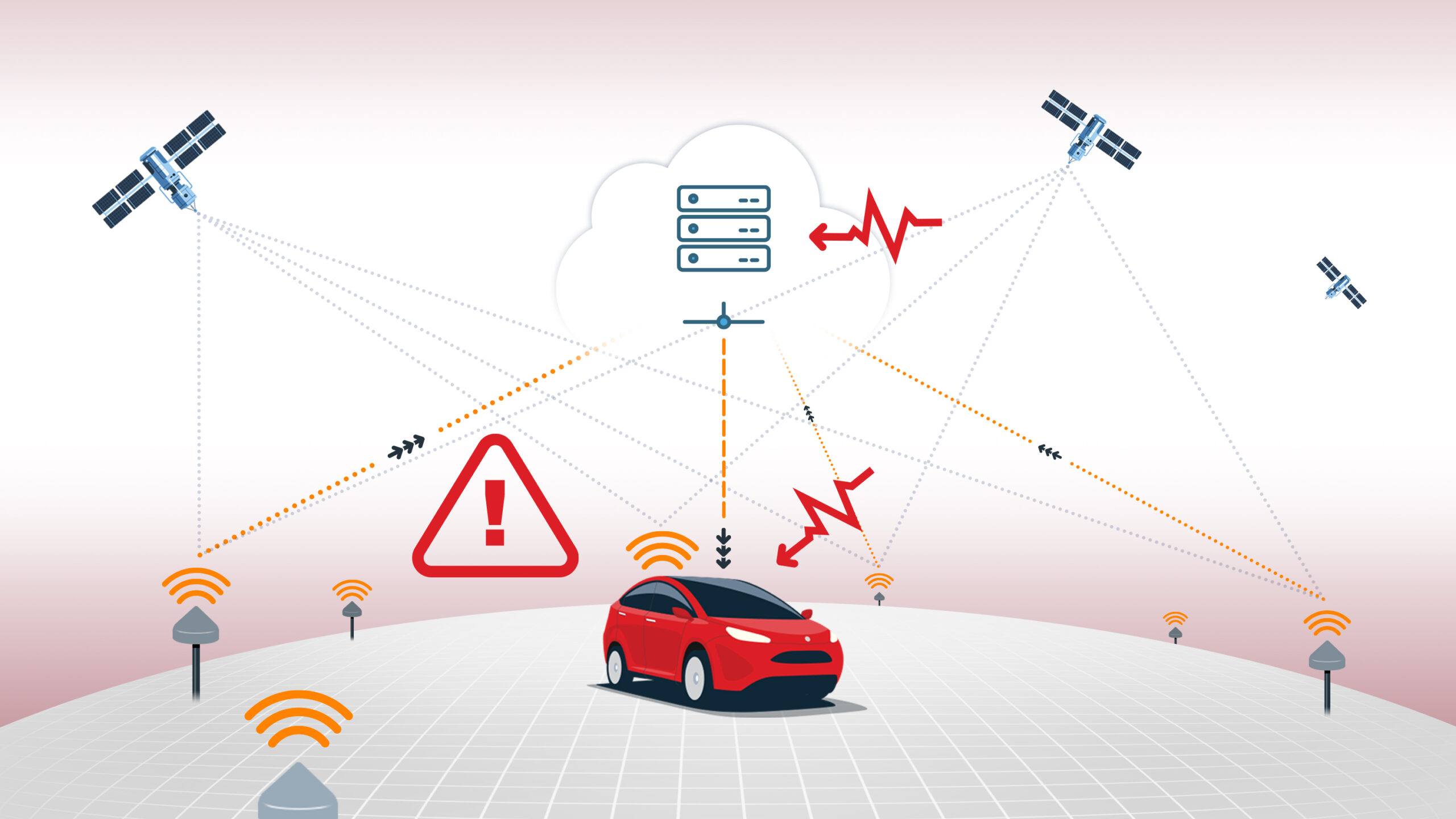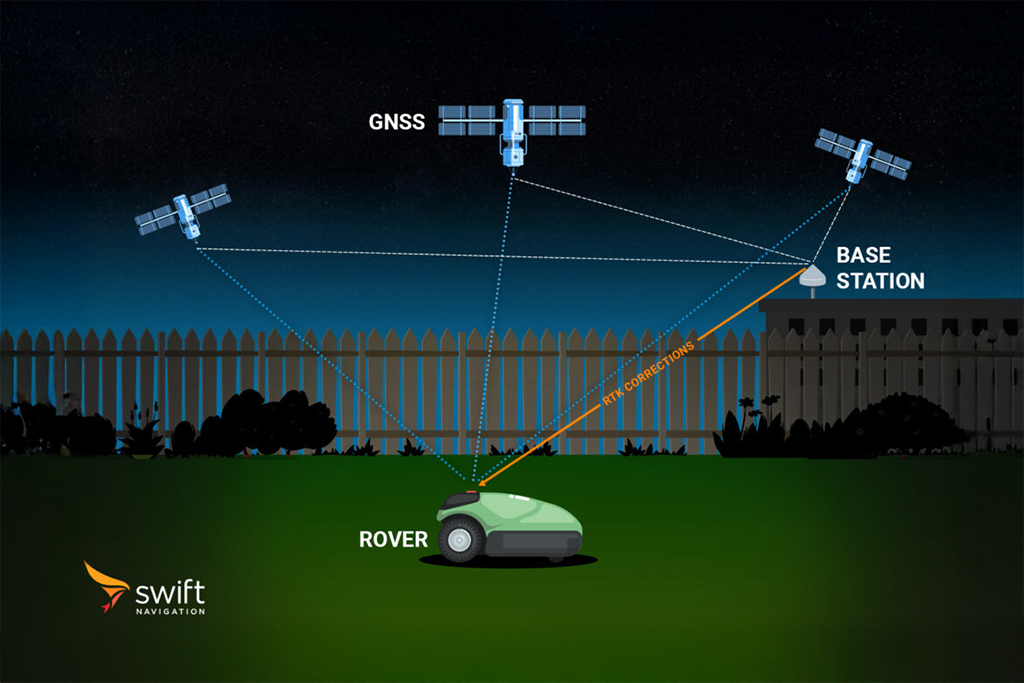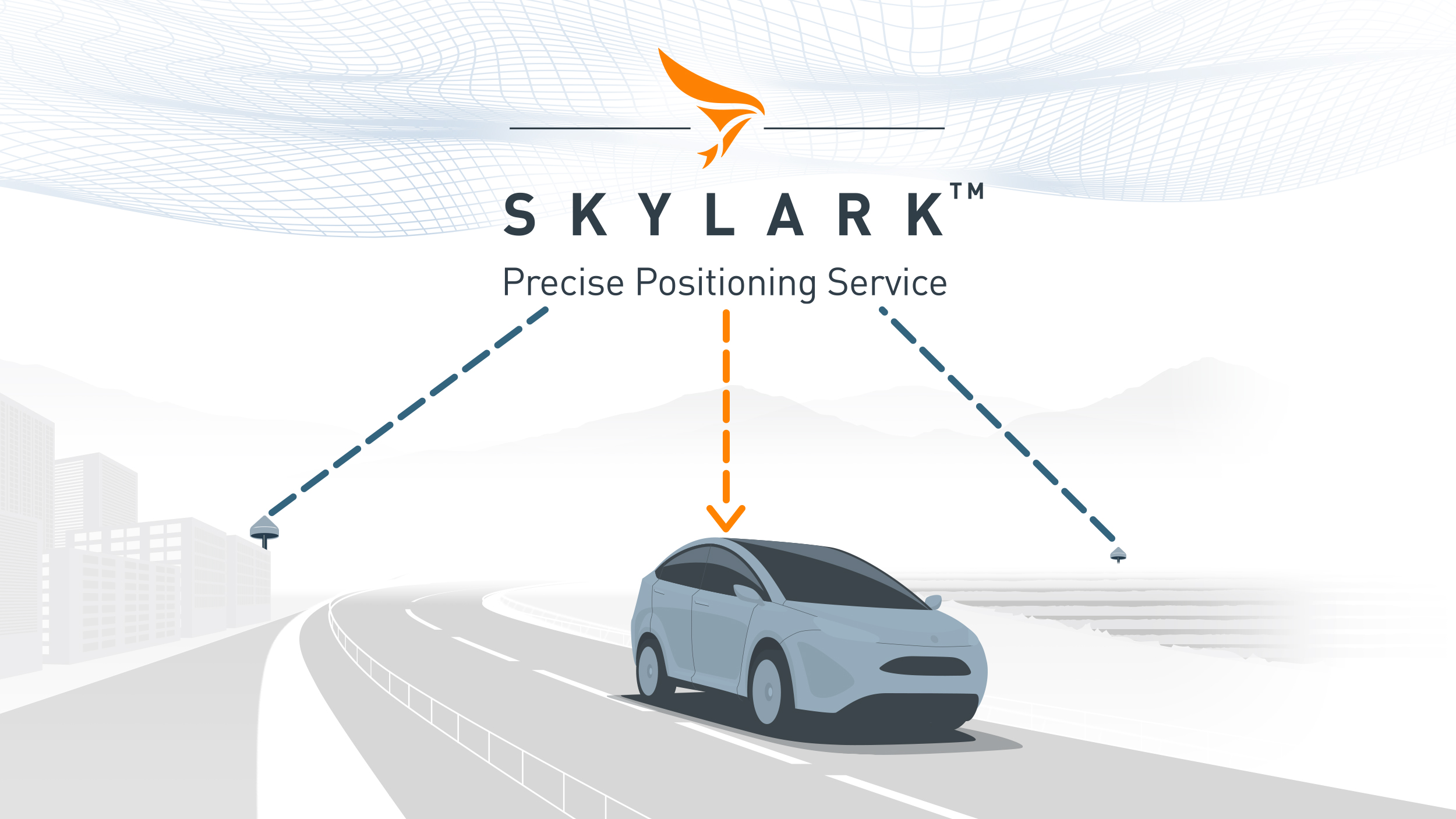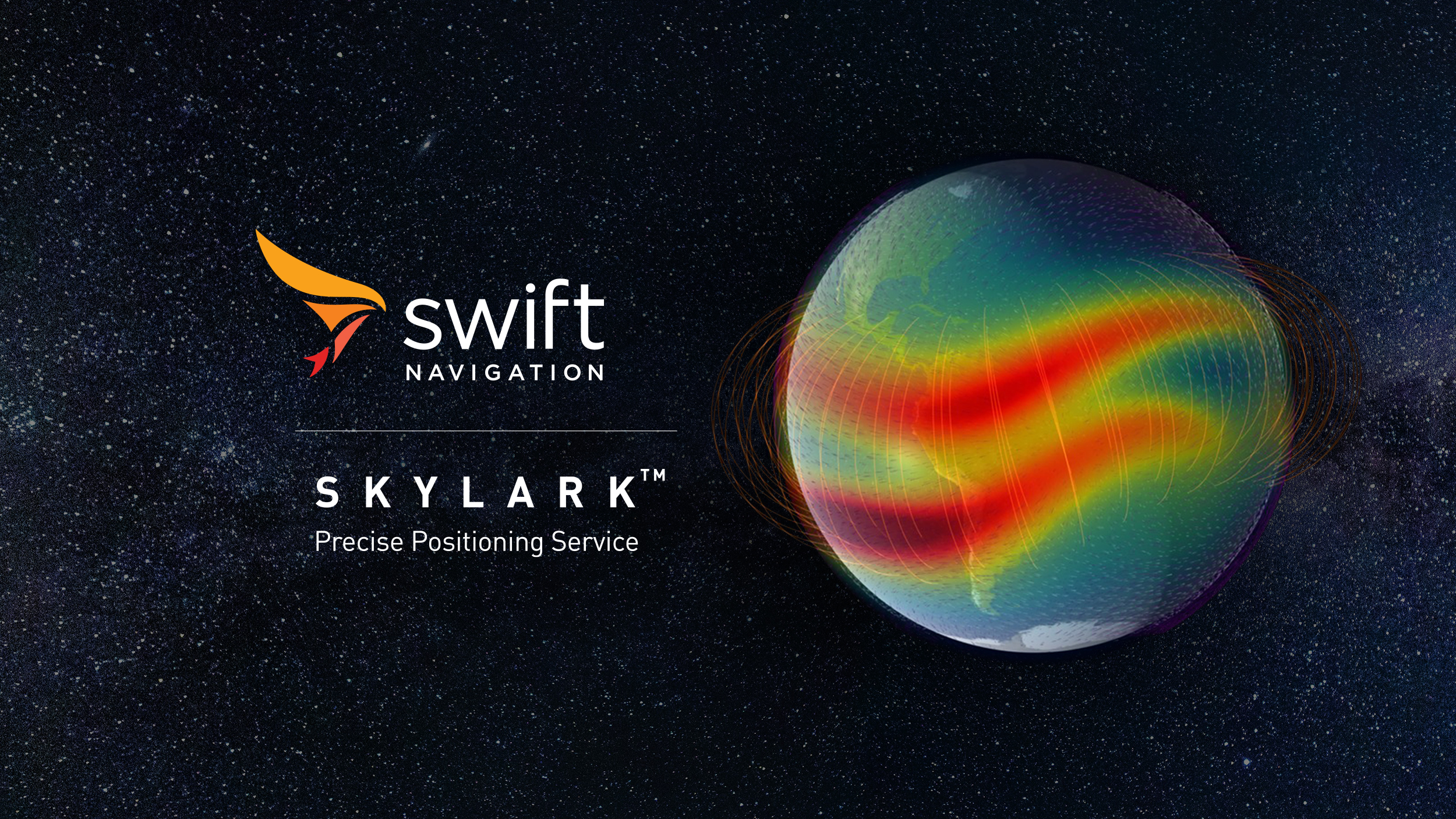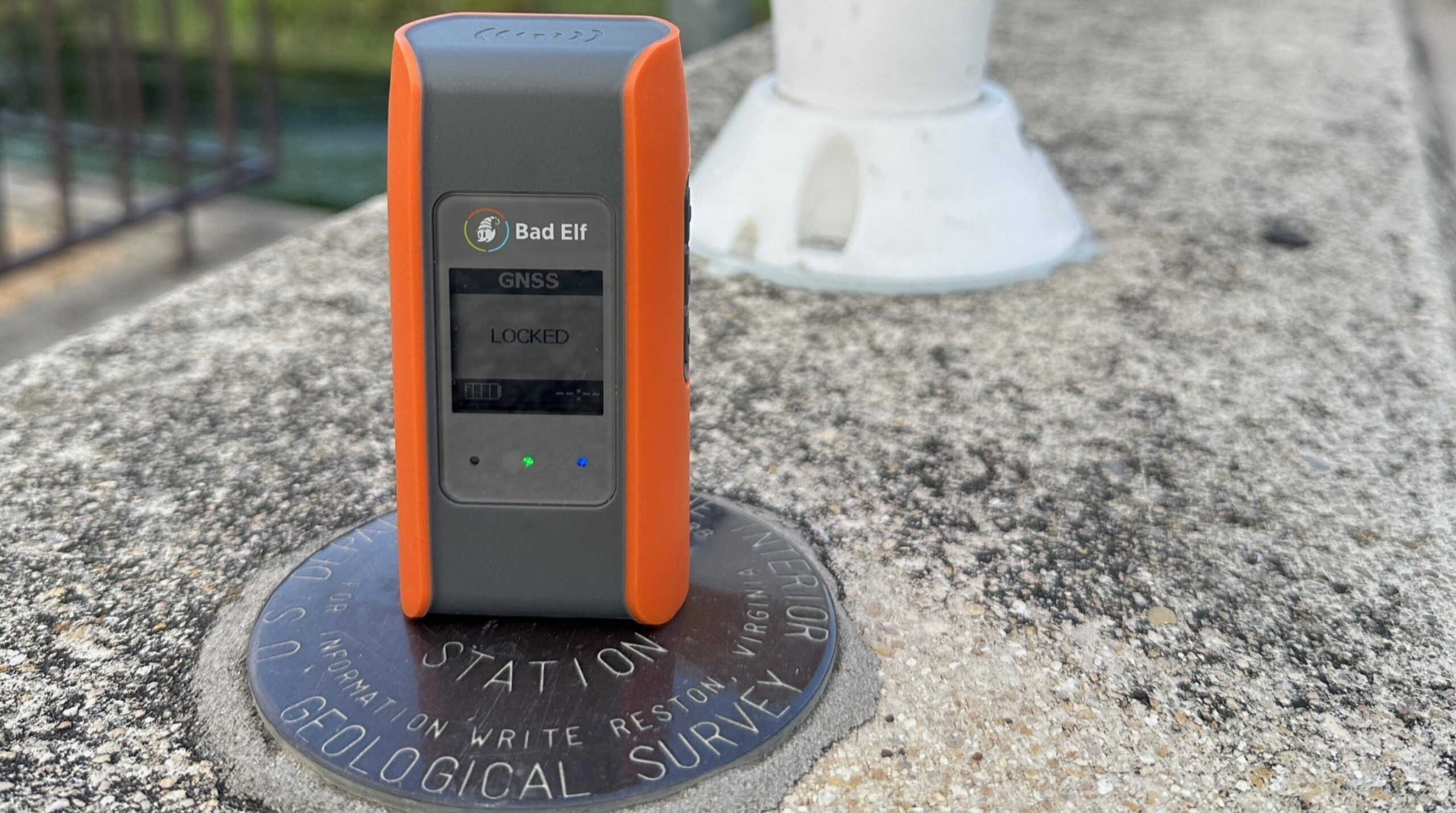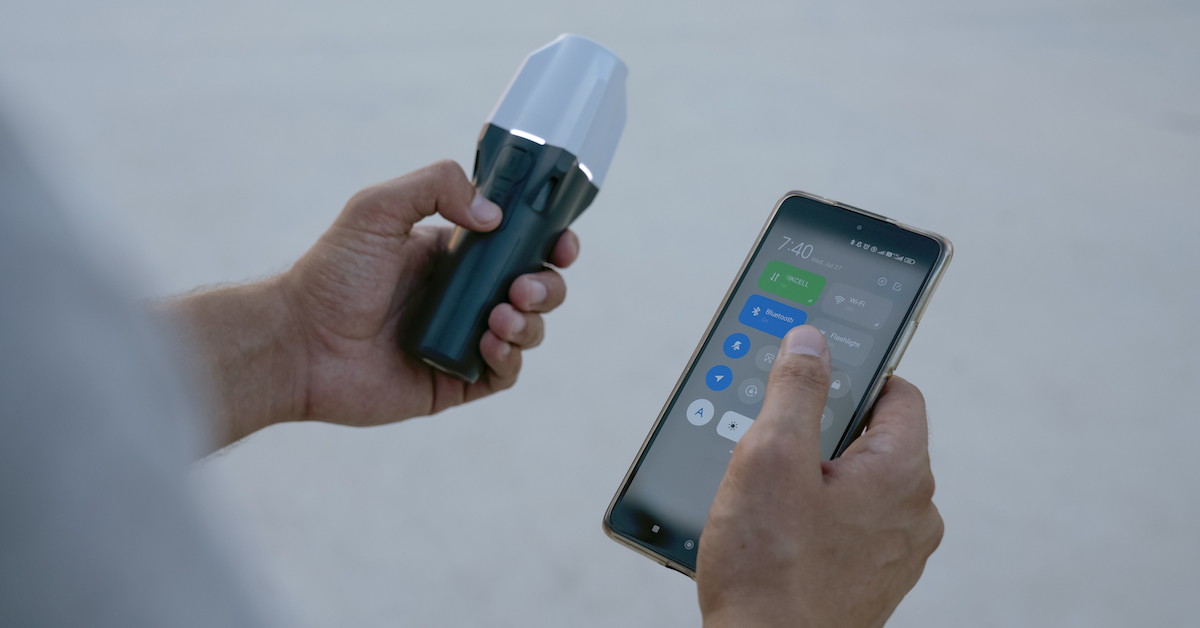What is Multipath Error in GNSS?
Multipath is a major source of error in GNSS (Global Navigation Satellite System) that occurs when a satellite signal reaches a receiver via both a direct path and one or more reflected paths. The reflected signals, bouncing off nearby surfaces like buildings or the ground, can interfere with the direct signal, causing the receiver to calculate an inaccurate position.
How Multipath Affects Different Measurements
Multipath impacts GNSS code and carrier phase measurements differently, leading to varying levels of positioning error.
- Code Measurements: This is where multipath has the most significant effect. The receiver’s clock and position calculations can be thrown off, leading to positional errors of 2-3 meters when both direct and reflected signals are present. In cases where only a reflected signal is tracked, the error can be hundreds of meters.
- Carrier Phase Measurements: These measurements are much more resilient to multipath. While still affected, the error is typically much smaller, around 20 degrees, which translates to only about 1 cm of positioning error for the L1 frequency. This is why carrier phase measurements are essential for high-precision applications like RTK.
Factors Influencing Multipath
Several factors determine the severity of multipath effects:
Environment: The surrounding environment is the primary cause of multipath.
- Open Sky: Multipath is minimal.
- Suburban Areas: Mild multipath is common.
- Urban Areas (“Urban Canyons”): These environments, with their tall buildings and reflective surfaces, cause significant multipath, leading to the largest errors.
Signal Bandwidth: Signals with wider bandwidths (e.g., 20 MHz) are more robust against multipath than those with narrow bandwidths (e.g., 2 MHz). The wider bandwidth allows the receiver to better distinguish between the direct signal and its delayed reflections.
GNSS Constellation: Different satellite constellations can have varying multipath characteristics. For example, some data shows that BeiDou signals exhibit larger multipath effects and a longer correlation time compared to GPS and Galileo signals.
Receiver Technology: GNSS receivers can employ techniques to mitigate multipath. Applying a Carrier-to-Noise density ratio (CN0) mask of >35 dB-Hz, for example, can reduce multipath levels by approximately 30% by filtering out weak, reflected signals.
Related Content
GNSS Basics

Devon Sharp

Marwan Ramadan

Marwan Ramadan

Devon Sharp

Devon Sharp

Marwan Ramadan

Devon Sharp

Marwan Ramadan
GIS

Devon Sharp









